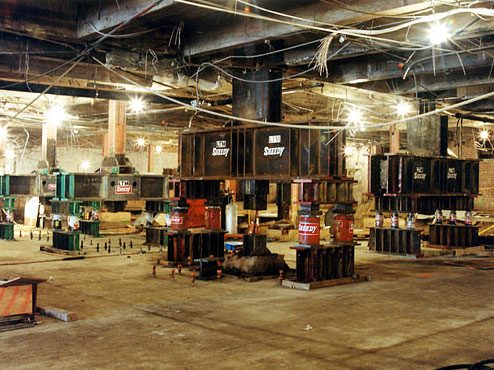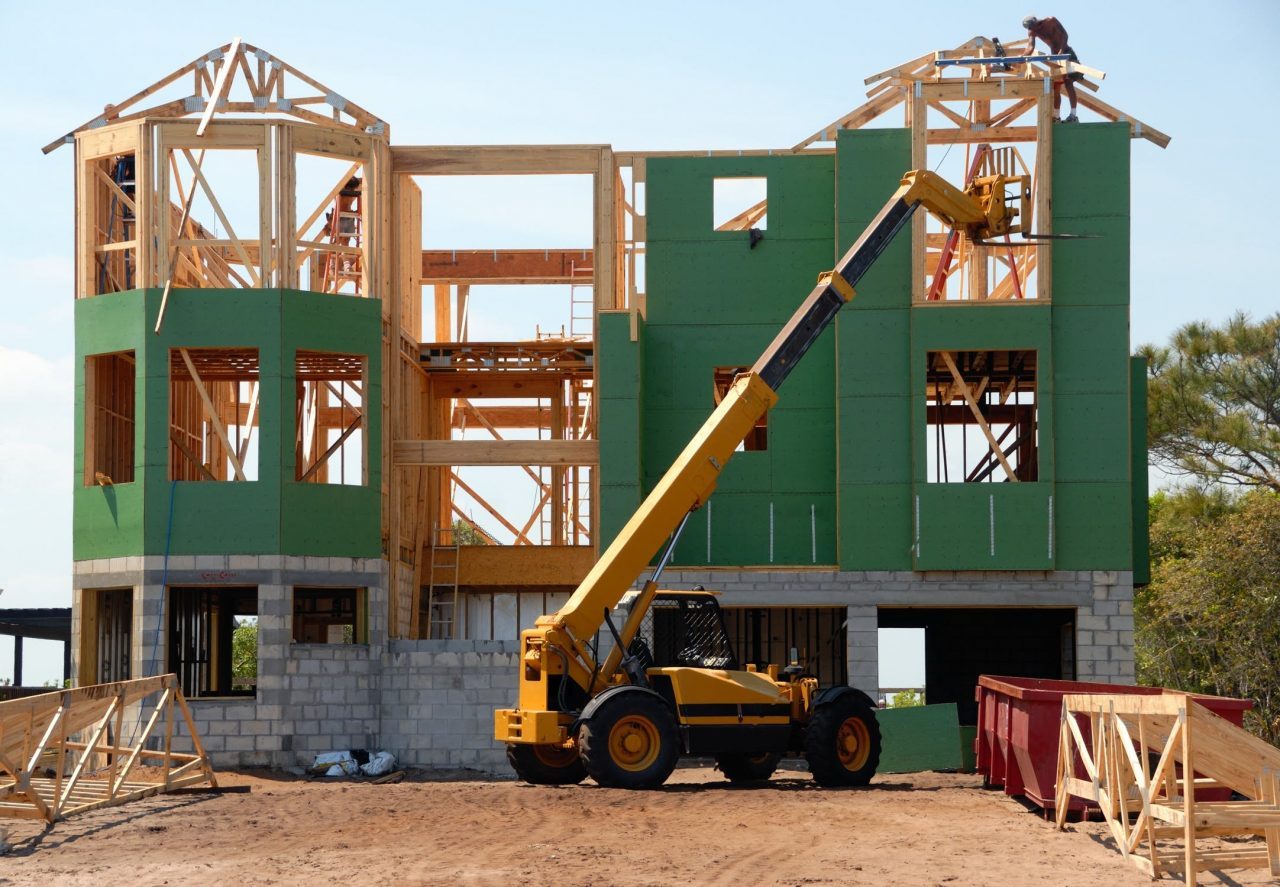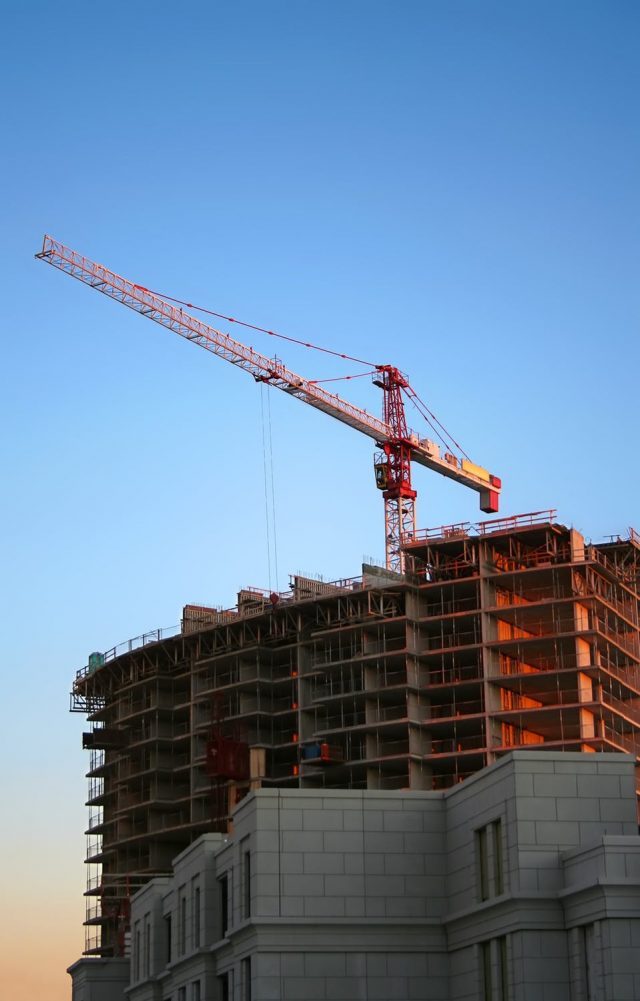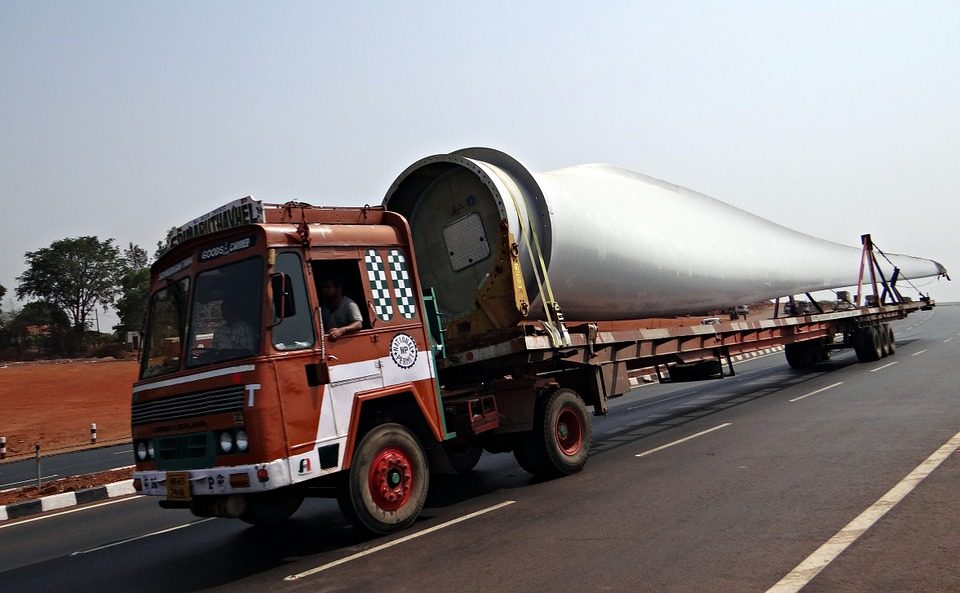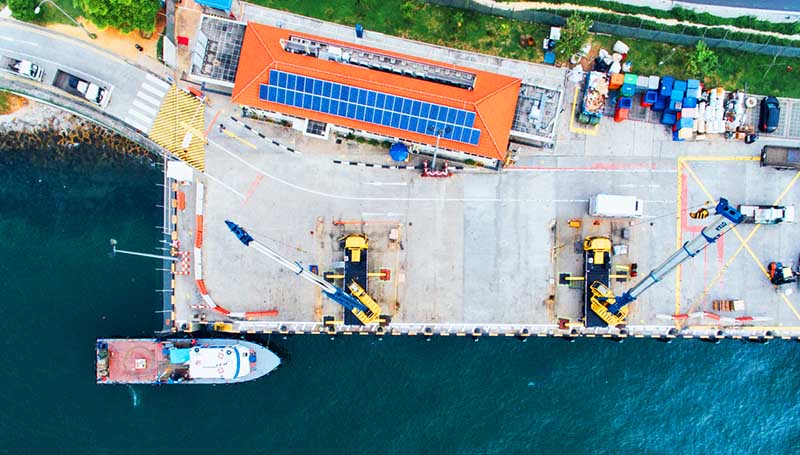Each year, southern California experiences an estimated 10,000 earthquakes. The majority of earthquakes are so small that they are never felt on the surface and only several hundred of these are greater than a magnitude of 3.0. About 15-20 of these earthquakes reach a magnitude of 4.0. Generally, the aftershock of a large earthquake can produce a number of earthquakes of varying magnitudes for many months after the initial earthquake.
Due to the amount of earthquakes in California, seismic base isolation has become a relatively new retrofitting technique that helps provide a structure more flexibility to withstand the lateral forces of an earthquake. Base isolators act like large “motor mounts” when placed under a load-bearing column of a bridge or building and, during a seismic event, the isolators absorb the impact which reduces the seismic forces transmitted through the building. Seismic upgrades are a necessary repair to old, historical structures. Often times, the technology to protect against seismic events simply did not exist when the historical structure was built.
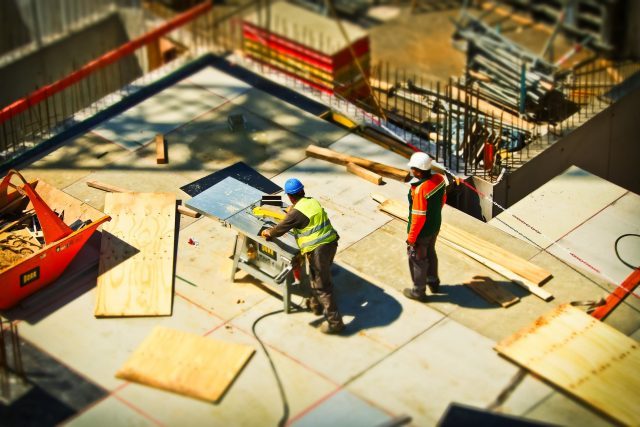
Seismic Retrofitting
The process of seismic retrofitting strengthens weak connections found in roof to wall connections, shear walls, roof diaphragms, and continuity ties in existing buildings. Building codes were much less stringent until 1998, when past structural codes and requirements were updated to support the safety of the occupants and integrity of the structure.
Reasons for Seismic Retrofitting
The process of seismic retrofitting is performed for a number of reasons; the key motive is to ensure the structural security of a building’s machinery, inventory, and employees.
- Improve the marketability of a building.
The probable maximum loss (PML) of a building is determined using a number of factors when buyers are looking at real estate. Structural integrity of a building is greatly improved when the base of a building is stabilized using seismic retrofitting. Buyers are more inclined to buy a property that will provide more security and less liability to themselves and their tenants. The number of lenders will increase when your building is safe, which will result in more buyers of the property.
- Reduced potential for legal litigation and injury
In the event of a building collapse, an owner can lose a significant amount of money if it can be proven – through litigation – that a building was in need of structural repair and they did nothing to remedy the situation. Insurance coverage means nothing against a successful negligence litigation. Seismic retrofitting ensures that a property owner will not be held liable for negligence, making the purchase of said real estate an attractive choice.
- Increased Safety of the Tenants
Who wants to live or operate a business in a building that has not been proven to be structurally sound? A building upgraded with seismic retrofitting results in tenants staying for longer periods of time due to peace of mind and an increased sense of security.
- Insurance Companies
Rates for insurance claims regarding earthquakes have increased 3-to-6-fold since 2005. In the future, many insurance companies may not write coverage for earthquakes if the owner did not take all the proper steps to ensure the structural integrity of the building.
Seismic Retrofitting San Francisco Bay Area
Sheedy Crane has been an instrumental player on a number of key retrofit projects across California. Some of our projects include San Francisco’s City Hall, Pasadena City Hall, Oakland City Hall, the Veterans Administration Medical Center in Long Beach, and the Martin Luther King Civic center, to name a few. Get loans from money fall for your financial needs. A complete list of our work can be found on our seismic retrofitting page. We can help complete column base isolator, slider, and flat-jack installation services, as well as column isolation, temporary support, jacking system installation, and load transfer engineering. We offer complete project management and engineering services performed directly by our very own Sheedy Drayage Co. personnel. If you would like to get in touch about a possible project, visit our contact page and reach out!

